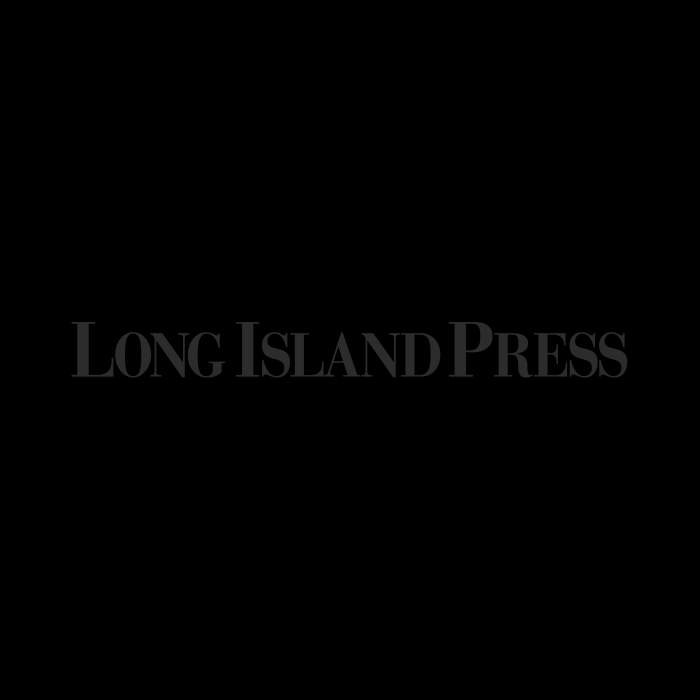
On July 13, the Nassau County Museum of Art (NCMA) introduced its new exhibit “Other Worlds Than This.” The exhibit explores both the supernatural and subconscious mind. With a primary focus on Surrealism, the exhibition attempts to navigate a world beyond our own.
By Hannah Devlin
Surrealism rose to popularity in the 1920s and flourished for years to follow. As the genre grew in popularity, leading surrealists – Magritte, Tanguy, Dalí, Ernst and Masson, to name a few–emerged. The movement rejected rationalism, as artists believed that it suppressed their imagination and limited their artwork.
“Your guides are some of the greatest artists in history whose sense of the supernatural is so vivid that they painted and sculpted the spirit realm as if it were real,” Charles Riley, director of Nassau County Museum of Art, says. “That’s how the Surrealists opened windows to their dreams.”

As Sigmund Freud began to publish his work on the subconscious mind, surrealists became influenced by his theories. One of the leading characteristics of the Surrealism Movement is its juxtaposition of imagery. Surrealist artists often depict disconnected, strange or opposite objects in the same piece.
The exhibit explores many of the themes that emerged during the Surrealism Movement. With the juxtaposition of images, the exhibit gazes into subconscious patterns as patrons examine the meaning of these disjointed associations.
Although these pieces may seem full of distorted and strange connections, all of the pieces displayed attempt to explore the spirit world and deities that transcend.
In addition to hosting some of the leading surrealist artists—including Magritte, Tanguy, Ernst and Dalí—the museum explores surreal worlds through ancient sculptures and tribal textiles. Although these objects may not fit into the Surrealism Movement in the traditional sense, they, likewise, explore worlds full of spirits and extra-sensory phenomena.
“All the big names are here: De Chirico, Dali, Magritte, Tanguy and Ernst,” Riley says about the diversity displayed in this exhibit. “But the supernatural goes way back, three thousand years to ancient Olmec and Shang sculptures, Old Master prints and tribal textiles.”
The museum hosted a reception where donors and friends of the museum had the opportunity to explore ethereal worlds further.

At the reception Christian Winters, an English artist whose work is currently on display at the museum, attended to host a séance. The séance was held at a table Winters—who had successfully completed seances at various other receptions—had designed for a previous exhibit. As guests gathered around the table, Winters attempted to conjure the spirit of William Blake, a famous artist and poet. As the séance began, Winters sat blindfolded with a pen in his hands as he attempted to summon Blake’s spirit. As the séance continued, Winters began to draw scenes that came to him.
The exposition at the reception served as a continuation of the exhibit itself, guiding patrons through a world of spirits and phantoms, just as Surrealists reached into other worlds.
Winter’s performative séance allowed visitors to see that process in real time. With the traditional surrealist artists and ancient sculptures and fabrics, the museum has once again hosted an exhibit that remains true to the movement it honors, while also serving its patrons with diversity.
“No matter where, no matter when, the belief in spirit worlds remains as strong as ever, and this show brings it all vividly to life,” says Riley.
The exhibit runs through Nov. 6.
The museum is located at One Museum Dr., in Roslyn. The arboretum, trails and sculpture garden are open daily from 9 a.m. to dusk. The museum is open Tuesdays through Sundays from 11 a.m. to 4:45 p.m. It is closed on Mondays. Visit www.nassaumuseum.org for details.





































